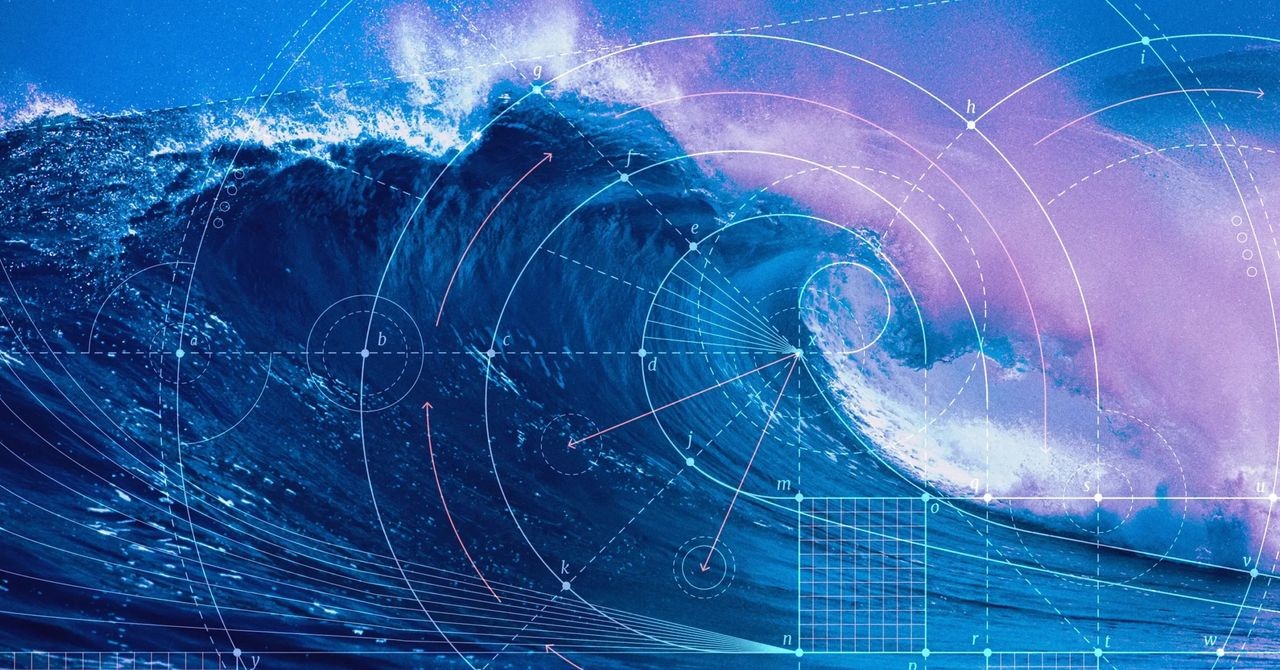Ocean waves, a sight both calming and awe-inspiring, hold more complexity than meets the eye. While their basic mechanics appear straightforward – water disturbed by wind – understanding their behavior mathematically has been an enduring challenge for scientists.
For centuries, mathematicians wrestled with describing how these waves propagate across vast distances and interact with disturbances like winds or passing boats. The equations governing fluid flow, first outlined by Leonhard Euler in the 18th century, seemed deceptively simple. Yet, even basic wave patterns proved incredibly difficult to analyze mathematically.
The story of ocean waves is one marked by centuries-long debates about stability, punctuated by breakthroughs that have only recently begun to unravel their secrets. Early efforts focused on describing ideal, unchanging waves called Stokes waves, which theoretically persist forever under perfectly calm conditions.
But real oceans are rarely calm. In the 1960s, experiments showed that these seemingly stable Stokes waves could actually be surprisingly susceptible to disruption from certain types of disturbances. These instabilities, now known as Benjamin-Feir instabilities, threatened to overturn the assumption that such waves would always endure.
This instability mystery deepened further in 2011 when applied mathematicians Bernard Deconinck and Katie Oliveras made a startling discovery while running computer simulations. They found that disturbances causing wave destruction didn’t simply appear randomly; instead, they formed in a repeating pattern – like islands of disruption interspersed with periods of stability. This unexpected pattern suggested an infinite series of these “isole,” or islands of instability, stretching to even the highest frequencies imaginable.
The team suspected this pattern was dictated by Euler’s equations themselves but lacked the tools to prove it. Their conjecture remained unconfirmed for years.
Enter Alberto Maspero and his research group in Trieste, Italy. They realized that they could encode each instability within a complex mathematical matrix. The key number in these matrices held the answer: if it was zero, the wave would survive; if positive, it would succumb to destruction.
Maspero’s team meticulously calculated this number for the first few instabilities but soon realized the sheer scale of the task – determining this number for an infinite series! This is where they turned to computer power and the expertise of Doron Zeilberger, a mathematician renowned for his algorithmic prowess.
Zeilberger’s powerful computer program, Shalosh B. Ekhad, crunched numbers tirelessly, eventually verifying that these “islands” truly were real. The calculations confirmed that every single one of the isole was a positive value, meaning each island would indeed cause destruction in theory forever.
This monumental work finally offers mathematicians a precise understanding of how different disturbances can affect ocean waves, opening doors for future research into wave dynamics and their influence on weather patterns, coastal erosion, and marine ecosystems. The seemingly simple movements of water have revealed themselves to be governed by subtle yet profound mathematical rules – hidden islands within the vast expanse of the ocean’s rhythm.
